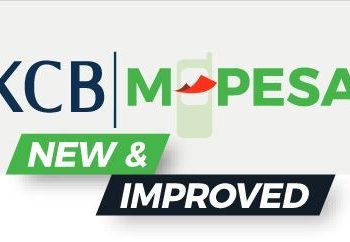Enterprise value multiples such as EV/NOPAT (Enterprise Value to Net Operating Profit After Tax) and EV/EBITDA (Enterprise Value to Earnings Before Interest, Tax, Depreciation, and Amortization) are among the most widely used tools in equity valuation. However, beneath their simplicity lies a deeper link to three fundamental value drivers; growth, return on investment, and the cost of capital. When these factors are explicitly connected through a simplified discounted cash flow (DCF) framework, multiples become more than relative valuation shortcuts; they represent the economic reality behind a firm’s value.
At the core of this approach is the principle that a company’s worth depends on how effectively it can reinvest its profits and earn returns above its weighted average cost of capital (WACC). The relationship between growth and return on investment can be expressed through the idea that growth is driven by the product of how much profit is reinvested and the incremental return on that new capital. In other words, a company grows faster either by reinvesting more of its profits or by earning a higher return on each unit of new investment.
This framework can be used to calculate a target enterprise value multiple. The model links the firm’s expected profitability, reinvestment, and cost of capital to the multiple investors should be willing to pay. It also allows analysts to work in reverse, starting with the observed market multiple to estimate what levels of growth or return are implied by the current share price.
A key refinement to this approach involves separating total profit growth into two distinct components: growth that comes from new investment and growth that results from efficiency gains. Efficiency gains occur when profits increase without additional capital investment, for example, through better cost control, improved asset utilization, or a stronger product mix. While these gains can enhance short-term performance, they are often less sustainable over the long term.
By distinguishing between growth from reinvestment and growth from efficiency, analysts can produce more realistic forecasts. The model therefore introduces a new measure, Return on New Investment (RONI), which focuses purely on the return generated from new capital, excluding the temporary benefits of efficiency gains. In this version of the model, the valuation multiple depends on total profit growth, the portion of that growth requiring new investment, the return on new investment, and the cost of capital.
Although this refinement produces the same result as the earlier model when inputs are consistent, it offers clearer insights for forecasting. It helps analysts identify how much of expected growth depends on reinvestment and how much is likely to fade once efficiency improvements are exhausted. Over time, reinvestment and the returns achieved on that new capital tend to be the dominant forces determining value.
Finally, the analysis must consider how intangible assets affect measures of return. Because accounting rules often exclude internally generated intangibles such as research and development, brand building, and software creation from the balance sheet, reported returns on invested capital (ROIC) are usually overstated. To address this, analysts can either adjust their assumptions about returns or capitalize estimated intangible investments to get a truer picture of performance.
Ultimately, valuation multiples grounded in growth, return, and cost of capital provide a bridge between accounting results and economic value creation. By explicitly linking these drivers, rather than relying on vague comparisons, investors can better understand what the market is pricing in and whether those expectations are justified.
















